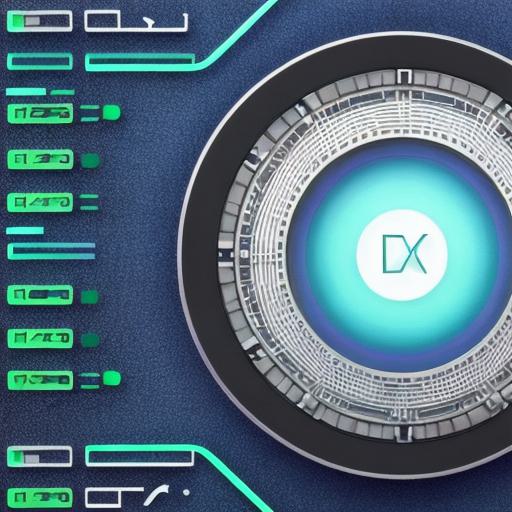The term "web3" has been floating around for a while now, and it’s time to put a spotlight on what it truly means. Web3 refers to the decentralized internet that we are currently witnessing – an internet where users have more control over their data, transactions, and interactions.
In this comprehensive guide, you will learn about the core principles of web3, real-life examples of how it’s being used, and the potential benefits that it could bring to your life and business.
Principles of Web3
Web3 is built on three key principles: decentralization, transparency, and security. Let’s dive deeper into each one.
Decentralization
Decentralization is the backbone of web3. It means that there is no single entity controlling the network – instead, it’s a network of interconnected nodes that work together to validate transactions and maintain the integrity of the data.
In web3, users have more control over their data. They can decide who gets access to it, how long they get access to it, and what happens to it after they are done with it. They can also decide which platforms or applications they want to use for their transactions, without being forced to use a centralized platform that they may not be comfortable with.
Transparency
Transparency is another key principle of web3. All transactions on the network are recorded in a public ledger, which is accessible to anyone who wants to see it. This ensures that all parties involved can verify the authenticity of the transaction and reduces the risk of fraud.
Security
Security is also a critical component of web3. Since the network is decentralized and transparent, it’s much harder for hackers to compromise it. Additionally, because all transactions are encrypted and stored in a secure ledger, users can be confident that their data is safe.
Real-Life Examples of Web3 in Action
Web3 is already being used in various industries and applications. Here are some examples:
1. Cryptocurrencies
The most well-known example of web3 is cryptocurrencies like Bitcoin, Ethereum, and Litecoin. These digital currencies are decentralized, transparent, and secure, making them an attractive option for people who want to store their value in a way that isn’t controlled by governments or banks.
2. Supply Chain Management

Web3 is also being used in supply chain management. Companies can use blockchain technology to track products from production to delivery, ensuring transparency and accountability throughout the process. This can help reduce waste, increase efficiency, and improve customer trust.
- Decentralized Finance (DeFi)
Decentralized finance is another application of web3 that’s gaining popularity. DeFi platforms allow users to access financial services like lending, borrowing, and trading without the need for intermediaries like banks or brokers. This can be faster, cheaper, and more secure than traditional finance systems.
Potential Benefits of Web3
Web3 has the potential to bring numerous benefits to individuals, businesses, and society as a whole. Here are some examples:
1. Financial Inclusion
Web3 can help provide financial services to people who don’t have access to traditional banking systems. This can help reduce poverty and increase economic opportunity.
- Increased Efficiency and Productivity

By using blockchain technology, businesses can streamline their processes and reduce waste. This can lead to increased efficiency and productivity.
- Improved Privacy and Security
Web3 provides users with more control over their data and transactions, reducing the risk of identity theft and other forms of fraud.
Conclusion
Web3 is an exciting development that has the potential to transform the way we interact online. By decentralizing power, increasing transparency, and improving security, web3 can help us build a more equitable, trustworthy, and efficient internet.
FAQs
- What is web3?
Web3 refers to
